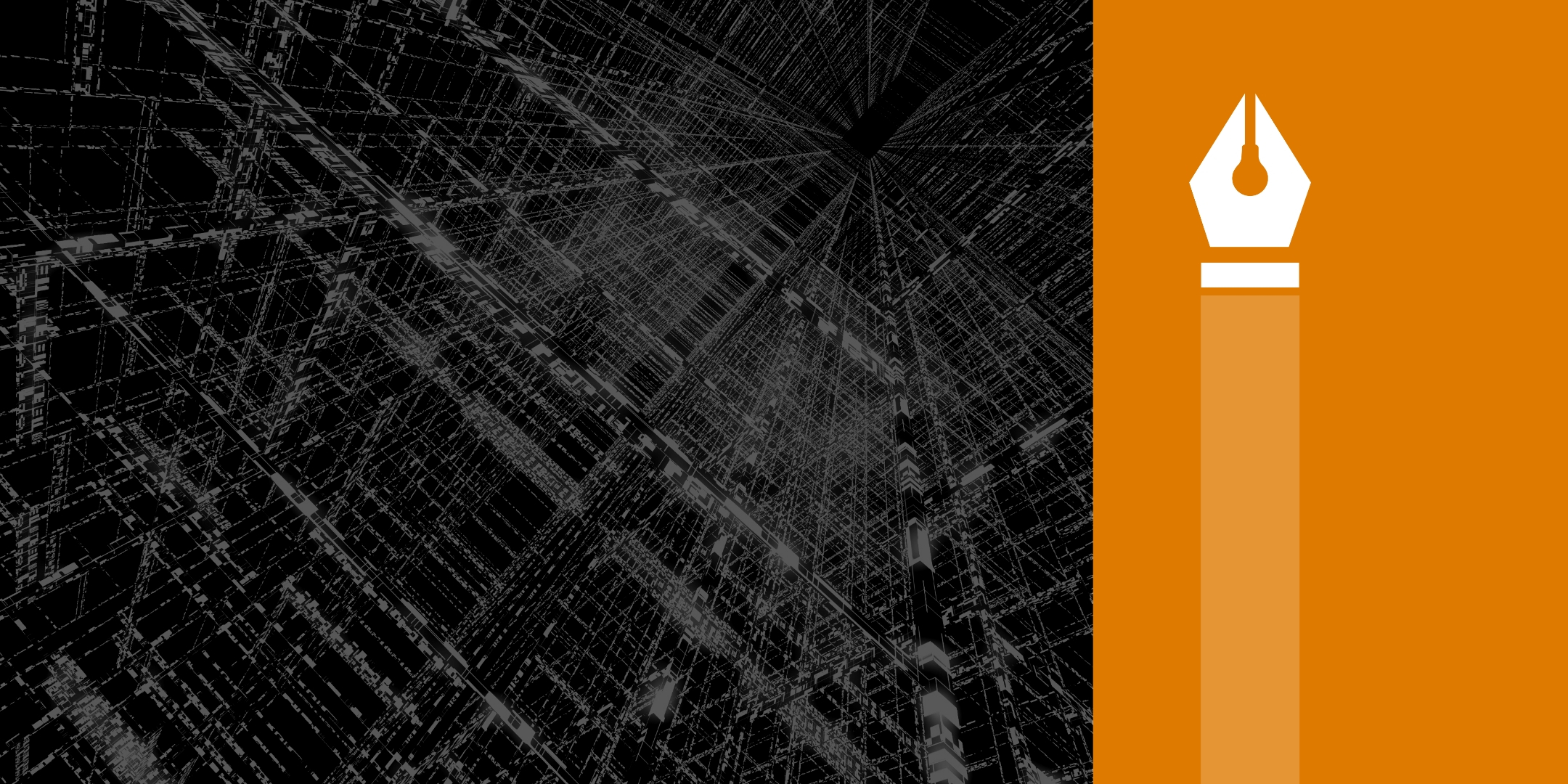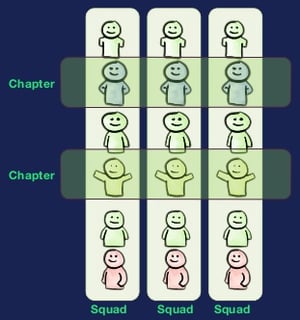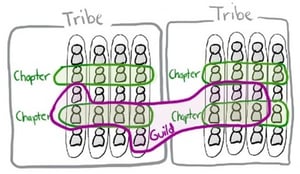
This article was written by Zack Scott, Transformational CIO and Lean Evangelist with more than 20 years successfully driving Agile transformations in start-ups, SMEs as well as in corporate organisations from the bottom up as technical leader and architect as well as from top down as senior manager and executive in Europe and Australia.
In this series, Zack will look at the evolution of organisational matrix structures and propose a 3rd dimension to create '3D Lean' - a powerful model to support your Agile Lean Transformation.
The first part of this series talked about the birth of squads.
In the second part, Constantine and Conway provided fundamental guidance to effectively and sustainably scale squads and tribes in organisational alignment. To follow this path will further erode traditional organisational silos and instead support the creation of inter-organisational, truly cross-functional product teams.
However, as bad as these old silos might have been, there was also something good when specialists were working closely together. Undoubtedly, there is value when experts regularly work together - at least for some time. It fosters knowledge transfer and learning as well as alignment of practices across a whole specialisation. Therefore, we might have done away with those old functional silos ... but we would have liked to retain their positive elements.
 Enter chapters. Being orthogonal to the organisational alignment of cross-functional teams of squads & tribes, chapters organise specialists of a tribe to combine the best of both worlds: the knowledge transfer and alignment from 'the olden days' - including on-boarding, up-skilling and professional development - and the scalability and domain expertise of cross-functional product teams of the 'new world'.
Enter chapters. Being orthogonal to the organisational alignment of cross-functional teams of squads & tribes, chapters organise specialists of a tribe to combine the best of both worlds: the knowledge transfer and alignment from 'the olden days' - including on-boarding, up-skilling and professional development - and the scalability and domain expertise of cross-functional product teams of the 'new world'.
However, contrary to the silos of old, chapters have created a new, independent dimension cutting across squads. This would not have been possible without the creation of cross-functional teams first (see part I and part II).
This sort of 2-dimensional decoupling allows chapters to be scaled independently from squads, thus adequately responding to the needs of the product teams and the organisation. A win-win situation for both organisation in form of more efficient use of their workforce and employees in form of job security as they can move between squads rather than being made redundant.
Chapters provide the knowledge transfer so essential for any specialist to keep up-to-date with new achievements as well as to provide support for career progression of more junior members. Furthermore, chapters provide a crucial alignment of practices across a tribe, helping to maintain a healthy balance of both expertise and also solutions across tribes and platform.
 The idea of arranging cross-cutting concerns orthogonally to business domains and teams does also open up a wider range of options for this 2D construct. Surely, there is more potential in any organisation for knowledge and experience exchange as well as support and collaboration. However, cutting across several tribes, the outputs of these other potential groups might be more intangible, the groups themselves more volatile in structure and existence. Therefore, and to set them apart from chapters they are called guilds.
The idea of arranging cross-cutting concerns orthogonally to business domains and teams does also open up a wider range of options for this 2D construct. Surely, there is more potential in any organisation for knowledge and experience exchange as well as support and collaboration. However, cutting across several tribes, the outputs of these other potential groups might be more intangible, the groups themselves more volatile in structure and existence. Therefore, and to set them apart from chapters they are called guilds.
Technical advances of the last decades have created more and more differentiated solutions, making the world of IT accessible to an ever-growing audience in many innovative ways. However, this development has also spawned many new technical roles and specialisations like security experts and platform builders.
Their concerns are often more global in nature and not constrained to one tribe only. The guilds concept of an additional dimension floating across tribes is providing an answer to how to embed those roles into product teams, and to align their work whilst also - like chapters - to provide support within the guild to continuously evolve the skills of their members.
Furthermore, not all organisations might staff those (still somewhat) new roles to begin with. However, rather than hiring a team of experts, it might be better for many organisations to grow a guild organically providing new career opportunities and progression options for their own employees.
 On the other hand, guilds allow people with similar interests to come together and add value not only to an organisation's technical but also cultural health. Today you might find guilds not only for information security and PaaS but also for diversity, lunch-break running, car-sharing, single-parenting and other social needs.
On the other hand, guilds allow people with similar interests to come together and add value not only to an organisation's technical but also cultural health. Today you might find guilds not only for information security and PaaS but also for diversity, lunch-break running, car-sharing, single-parenting and other social needs.
Guilds level the path to respond to more and new needs both technical and cultural in nature.

Stay tuned for the next article of this series!
The next article of this series will develop the 2D matrix structure further into the 3D Lean model which seeks to overcome and resolve frictions harmoniously, whilst unlocking efficiencies to remain competitive as organisations evolve.
These Stories on CIONET Australia
No Comments Yet
Let us know what you think